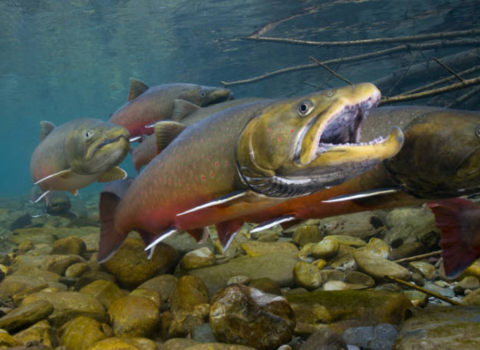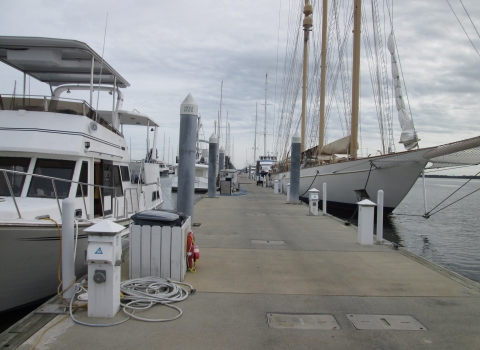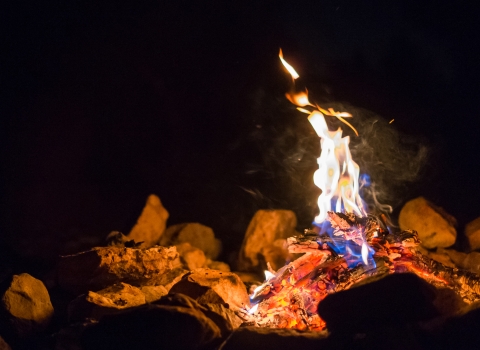The U.S. Fish and Wildlife Service (Service) announced today the listing of the Texas golden gladecress and the Neches River rose-mallow under the Endangered Species Act (Act) and the designation of approximately 1,519 acres of critical habitat for both species in east Texas. The Texas golden gladecress and the Neches River rose-mallow have been candidate species for more than 15 years.
The Service is listing the Texas golden gladecress as endangered and the Neches River rose-mallow as threatened. Both species are being negatively impacted as a result of habitat loss. The Service is designating four units of critical habitat comprising approximately 1,353 acres in San Augustine and Sabine Counties, Texas for the Texas golden gladecress. Critical habitat for the Neches River rose-mallow will include 11 units comprising approximately 166.5 acres in Houston, Trinity, Cherokee, Nacogdoches and Harrison Counties, Texas. “The decision to list both plant species reflects a thorough evaluation by the Service of the public comments and information received on the two plant proposals,” said Edith Erfling, the Service’s Texas Coastal Field Office Project Leader. “We are committed to working with local communities, landowners, other agencies and partners to ensure that projects move forward while conserving the two plants and their habitats.”
The Texas golden gladecress is a winter annual plant that is known to naturally occur in San Augustine and Sabine Counties in east Texas. There are only eight documented Texas golden gladecress occurrences, including four historic sites where the plants have been eliminated. The Texas golden gladecress is a habitat specialist, occurring only on isolated outcrops of the Weches Geologic Formation (a specific type of soil). Populations are found primarily on private land with two populations extending onto State highway rights-of-way. The species is threatened by glauconite quarrying activities; oil and gas development; and potentially by excavations resulting from service line improvements such as installation of lines for utilities and communications. The species is also threatened by the invasion of nonnative and native woody and weedy plants into its glade habitat, some herbicide applications and by planting of pine trees in close proximity to occupied glades.
The Neches River rose-mallow is a non-woody perennial plant that is known to occur naturally in Cherokee, Houston, Harrison and Trinity Counties in east Texas. The species has also been introduced in Nacogdoches and Houston Counties. There are only 12 documented occurrences, including one that is now eliminated. Populations are located on private, State and Federal lands (Davy Crockett National Forest). This species is found in wetlands and is threatened by activities that would alter the hydrology of wetland areas; competition with native and nonnative species; trampling from feral hogs; drought; and the effects of herbicide spraying. Threats may be exacerbated by future road and bridge construction and maintenance projects.
Critical habitat is a term in the Endangered Species Act that identifies geographic areas containing features essential for the conservation of a threatened or endangered species, and which may require special management considerations or protection. Designation of critical habitat does not affect land ownership, establish a refuge or preserve, and has no impact on private landowners taking actions on their land that do not require federal funding or permits.
Federal agencies that undertake, fund, or permit activities that may affect critical habitat are required to consult with the Service to ensure such actions do not adversely modify or destroy designated critical habitat.
Native plants are important for their ecological, economic, and aesthetic values. Plants play an important role in development of crops that resist disease, insects, and drought. At least 25 percent of prescription drugs contain ingredients derived from plant compounds, including medicine to treat cancer, heart disease, juvenile leukemia, and malaria, and to assist in organ transplants. Plants are also used to develop natural pesticides.
America’s fish, wildlife and plant resources belong to all of us, and ensuring the health of imperiled species is a shared responsibility. The Service is actively engaged with conservation partners and the public in the search for improved and innovative ways to conserve and recover imperiled species. To learn more about the Endangered Species program, go to http://www.fws.gov/endangered/.
Connect with our Facebook page at www.facebook.com/usfws, follow our tweets at www.twitter.com/usfwshq, watch our YouTube Channel at http://www.youtube.com/usfws and download photos from our Flickr page at http://www.flickr.com/photos/usfwshq.



